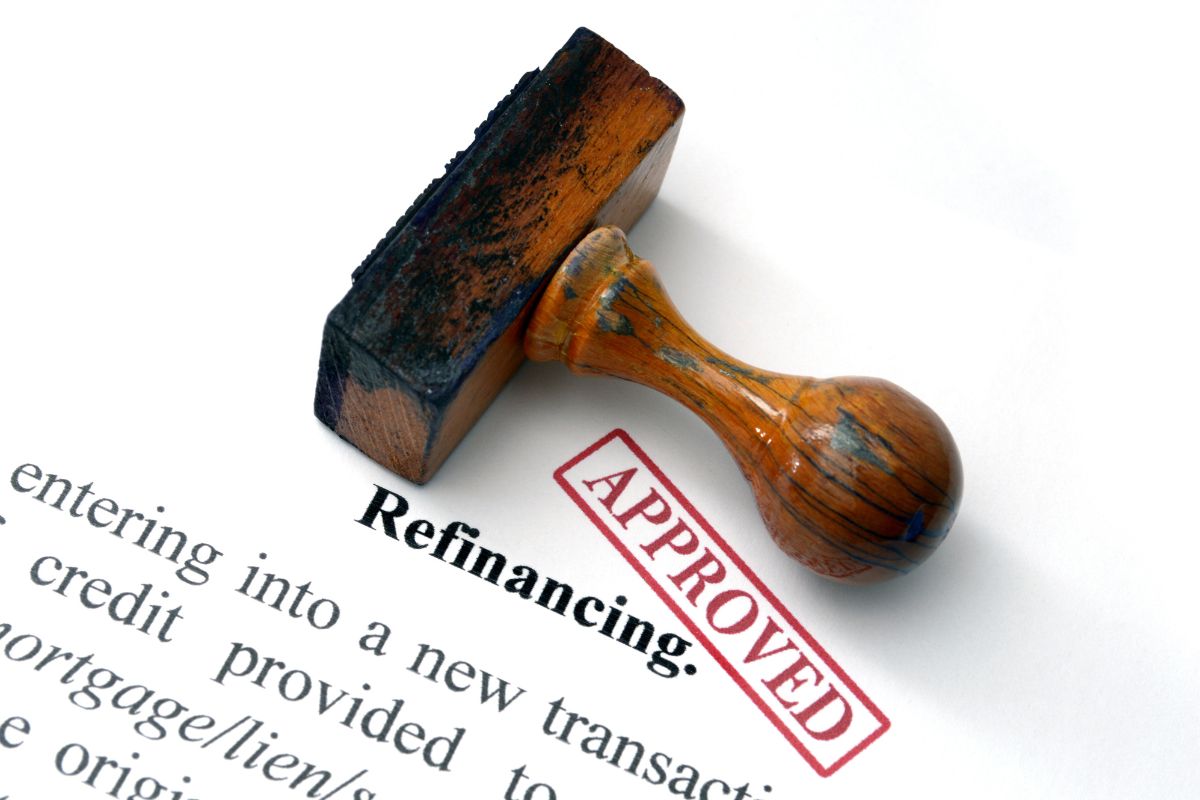Despite the current climate for mortgage refinancing consisting of high rates, this could be your objective for several reasons.
A home loan refinance is secured lending meaning the loan requires collateral or the house will be used to cover the funds in case of default.
The borrower is then burdened with a considerable risk of losing their house if they can’t make the payments, a reason to put careful forethought into taking the step. Go to
Besterefinansiering.no refinansiering med sikkerhet to learn what mortgage refinancing is and how it works.
“Refinance” can lead some to believe the logistics of the loan are reworked, but, in fact, the existing loan is replaced with a new one.
The current loan provider can work with you, but comparing rates on the market to find the most competitive along with the greatest incentives and benefits and favorable conditions is wise.
Refinancing A Home Loan
Refinancing a house works similarly to buying a property but it’s somewhat less stringent and stressful. The loan provider’s primary consideration is creditworthiness and financial status.

The house will be appraised during the process and the loan will be reviewed by an underwriter. It can take between “30 and 45 day for the entire home loan refinancing process.
Many homeowners refinance their mortgages to secure reduced monthly installments and more favorable conditions and terms with a loan.
Click here to learn how soon you can refinance a mortgage. A few tips to for homeowners ready to move forward with the process include the following:
Determine refinancing objectives
First you need to discern what you want to accomplish with the loan. Decision-making will be more straightforward when you have a clear-cut objective including the home loan type and the terms. Most homeowners hope to:
- Eliminate mortgage insurance
- Reduce monthly installment
- Qualify for a different home loan type
- Lower the interest rate
- Achieve a shorter term
Due diligence researching different refinance types
Many types of mortgage refinance loans are available. It’s essential to do due diligence in researching these options to help find the best fit for your circumstances. Some of these options include the following:
- Rate-and-term: This type allows homeowners to replace their existing home loan with one that offers new terms. Most homeowners are trying to save money by securing lower interest or paying the mortgage off sooner by shortening the term from 30 years to 15.
- Cash-out: Tapping into the equity in the home makes a new loan with a limit higher than the balance on your current home loan possible. The difference from what you owe will be paid in cash, which can be used for purposes such as home repairs and improvements or debt consolidation.
- Cash-in: With a cash-in refinance, homeowners make a lump sum principal payment to build equity. This helps secure lower interest and more favorable conditions and terms.
- Streamline: If you have a USDA, FHA, or VA product, you could qualify for Streamline refinancing. Borrowers streamline the logistics of their loan, including the terms or the payments with those that are more favorable. Different loan types have unique variations of this program.
- No-closing-cost: Lenders allow homeowners to roll their closing costs into the monthly mortgage installment. You can also choose a higher interest rate in exchange for reduced closing costs. The “no-closing-cost” refinance isn’t an elimination of the fee, but it does relieve the stress of coming up with a lump sum when settling. The debt will be paid over the loan’s life.
Credit score improvements
Creditworthiness is a primary consideration for the lender when assigning a new rate and determining the terms.
Homeowners should review their history and score before comparing providers and applying for a new refinance product.
The loan type and lender will discern the specific credit criteria necessary for most borrowers, who are required to have a score of roughly “620+” to qualify.
If you have a less-than-favorable score, it’s possible to make improvements by following these steps:
- Review your history for discrepancies and correct these
- Make sure bills are consistently paid on time. A late pay will greatly impact your score
- Avoid new applications for credit cards or loans
DTI- debt-to-income ratio reduction
The DTI is the percentage that goes out for debt obligations and the gross monthly income. The lower the score the more favorably lenders look toward homeowners looking refinancing approval. The suggestion is that this ratio fall below 35 percent.
If it’s too high, the provider will view the borrower as being overextended and likely reject the loan. It is possible to reduce this ratio by paying down the debt or adding to your income
Home equity calculations
The equity in a home is the difference between the house’s value and the balance due. When borrowing from the equity, lenders expect homeowners to leave roughly 20 percent in their equity account. However, when refinancing a VA product 100 percent of the equity is available to the homeowner.
Break even
The many costs involved with refinancing make it necessary to calculate at which point you’ll break even. This means your costs will equal your savings. This could mean remaining in the house for a longer period in order to make the refinance make sense.
Refinancing is unwise if you know you plan to move in a couple of years or sooner.
Secure the best interest rate
Once you find the most competitive interest rate, lower than your existing rate, securing or locking in that rate is essential.

This is an official agreement between the lending institution and you that this interest will stay the same regardless of market fluctuations.
The only downside is that you won’t be able to change if the market drops lower either.
Prepare documentation for the lender
In the same way, you need to have quite a bit of documentation with the original mortgage; the loan provider will also ask for relatively the same paperwork for the second go-around. It’s wise to have the prepared upfront to move the process along more quickly. Some things to have ready include the following:
- Banking statements
- Tax returns
- Debt obligations
- W2s/1099s
- A current home loan statement
- Homeowners insurance plan (copy)
- Pay stubs
Closing costs
Refinancing has fees associated with the loan process with roughly “2 percent to 6 percent of the loan balance” allotted for closing costs. This can equate to approximately “$12,000 for a $200,000 loan.” This fee includes the following:
- Mortgage points
- Loan application fee
- Home appraisal fee
- Credit report fee
- Title insurance
Sometimes, homeowners opt to have the closing costs rolled into the loan and paid with the monthly installments in what’s referred to as a no-closing-cost loan, as we touched on earlier.
The refinance process can take as little as a couple of weeks to a few months to settle. Factors beyond your control can create delays in closing.
If you remain available and organized throughout the underwriter’s review, it will help make the assessment more seamless.
This means making paperwork readily available upfront and then providing additional documents as soon as they’re requested, responding to calls and messages promptly, and being available and flexible for scheduled appointments, including the final settlement date.

